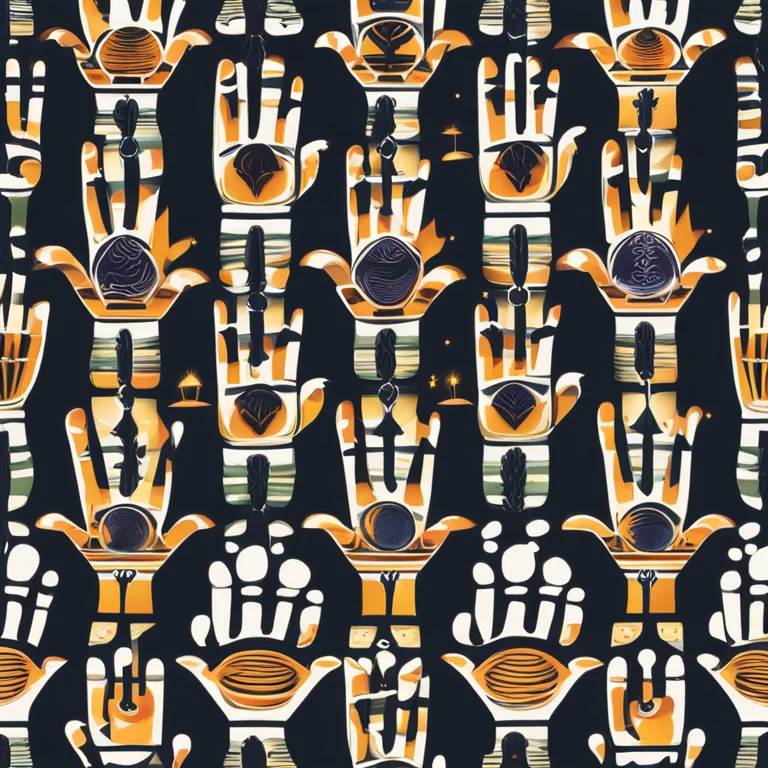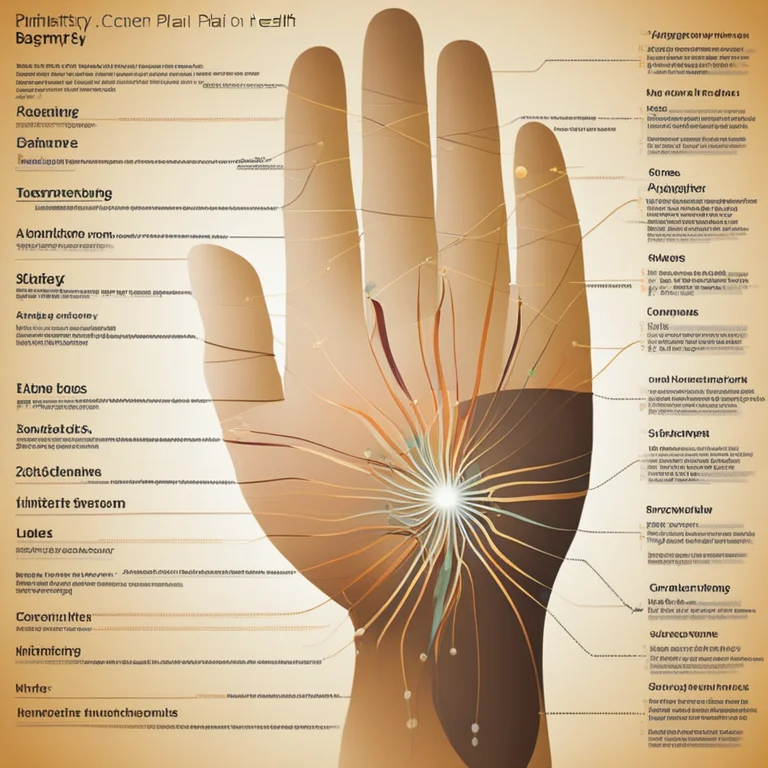
Palmistry's Insight on Cancer Detection: Fact or Fiction?
Investigate the capabilities of palmistry in relation to cancer prediction, as we delve into a blend of centuries-old practices and contemporary scientific perspectives.
article by Nora Pennington
Introduction to Palmistry and Health Indications
Palmistry, or chiromancy, has been practiced for centuries, with its roots traced back to ancient cultures. It involves studying the palms to predict an individual's future and to infer personality traits. An increasingly popular question today is whether palmistry can provide insights into health conditions, specifically cancer. While enthusiasts believe that the hand can reveal vital information about one's health, the scientific community remains skeptical about the diagnostic accuracy of such practices.

Palmistry's Approach to Identifying Health Issues
Proponents of palmistry argue that various lines and markings on the palm, such as the life line, health line, and others, can indicate health disturbances. It is often suggested that breaks, chains, or discolorations on these lines may signal illnesses. However, considering cancer's complex nature, the claim that palmistry can pinpoint this disease raises ethical and scientific concerns.

The Science Behind Health Diagnoses and Palmistry
Modern medicine relies on a plethora of diagnostic methods to detect cancer, including biopsies, imaging, and blood tests. Such techniques are scientifically validated and used by healthcare professionals worldwide. In contrast, no scientific evidence currently supports palmistry's effectiveness in diagnosing cancer or any other specific medical condition, according to research as of 2024.

Psychological Implications and Ethical Considerations
When palm readers claim to foresee serious health conditions like cancer, ethical dilemmas arise. The potential psychological impact of inaccurate predictions on an individual's mental health cannot be understated. Furthermore, false positives may lead to unnecessary anxiety, while false negatives could result in delayed medical consultation. Ethically, it's crucial for palmistry practitioners to approach such sensitive topics with extreme caution.

Exploring Anecdotal Evidence and Personal Accounts
Despite the lack of scientific backing, some individuals share anecdotal evidence and personal accounts of health revelations discovered through palm readings. These stories contribute to the fascination with palmistry and its perceived predictive power. Nevertheless, anecdotal evidence cannot establish a reliable connection between palmistry and the ability to predict cancer, as it cannot be systematically verified.
The Place of Palmistry in a Modern, Scientific World
Palmistry remains a subject of interest and is often viewed more as an art than a science. People may seek comfort or entertainment in palm readings, enjoying it as part of their cultural or personal beliefs. In the contemporary era, palmistry and similar practices are often embraced in conjunction with science-based healthcare, rather than as replacements for professional medical advice.
Conclusion and Responsible Palmistry Practice
While palmistry offers an intriguing look into the lines and patterns that adorn our hands, it is important to remember that it is not a tool for medical diagnosis. Those interested in palmistry should enjoy it for its historical and cultural significance and use it responsibly, ensuring it never substitutes for a medical examination or professional health advice when facing concerns such as cancer.
Published: 1/11/2024
Modified: 1/11/2024
More predictions
Come back here soon to learn more about yourself and your future


Unlocking Palm Lines for Career Success
Discover the secrets of your palms and what they suggest about your professional journey. Learn to read palm lines for insights into your career path.


The Secrets of the Jupiter Mount & Palmistry
Discover the significance of the Jupiter Mount in palm reading and how it reflects your leadership and ambition.


The Secrets of Palmistry: Interpreting Hand Reading Lines
Delve into the fascinating world of palmistry and discover what your hand reading lines reveal about your destiny, personality, and future.